https://www.youtube.com/watch?v=HOTS0HS7aq4&feature=share
Among many things I like here, at 112 min David mentions 20 top scientists in the field are working together.

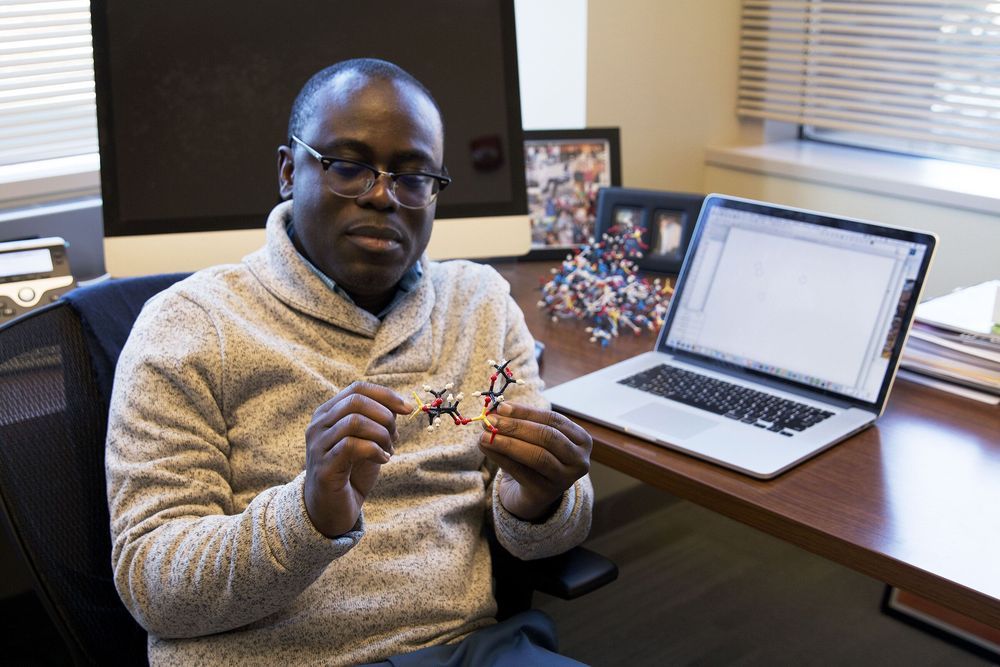
Researchers have been struggling for years to find a treatment for patients who have a recurrence of acute myeloid leukemia (AML), an aggressive blood cancer that is one of the most lethal cancers. About 19,520 news cases are diagnosed a year, and about 10,670 people a year die from it, according to the American Cancer Society.
Purdue University researchers are developing a series of drug compounds that have shown promise in treating such cases. About 30 percent of AML patients have a mutation caused by a kinase called FLT3, which makes the leukemia more aggressive. Inhibitors of FLT3, such as Radapt, approved last year by the U.S. Food and Drug Administration, have shown good initial response to treating leukemia. Gilteritinib, another FLT3 inhibitor, was recently approved toward the end of 2018. But AML patients on FLT3 inhibitor therapy often relapse because of secondary mutations in the FLT3 and existing treatments have not been fully successful in treating those cases.
Researchers on a team led by Herman O. Sintim, the Drug Discovery Professor of Chemistry in Purdue’s Department of Chemistry, say they have developed a series of compounds that work not only on AML with common FLT3 mutation, but also drug-resistant AML harboring problematic mutations, such as the gatekeeper F691L mutation, which some leukemia patients who relapse harbor.
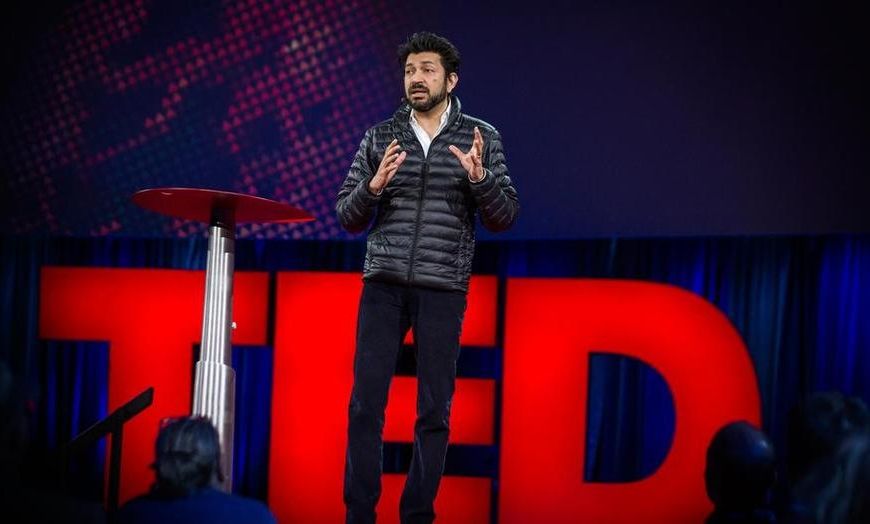

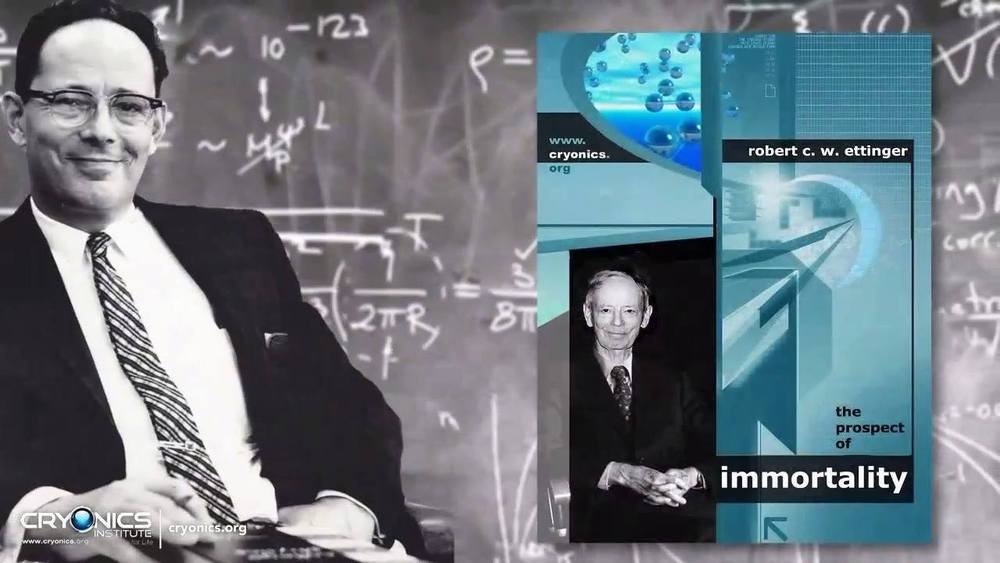
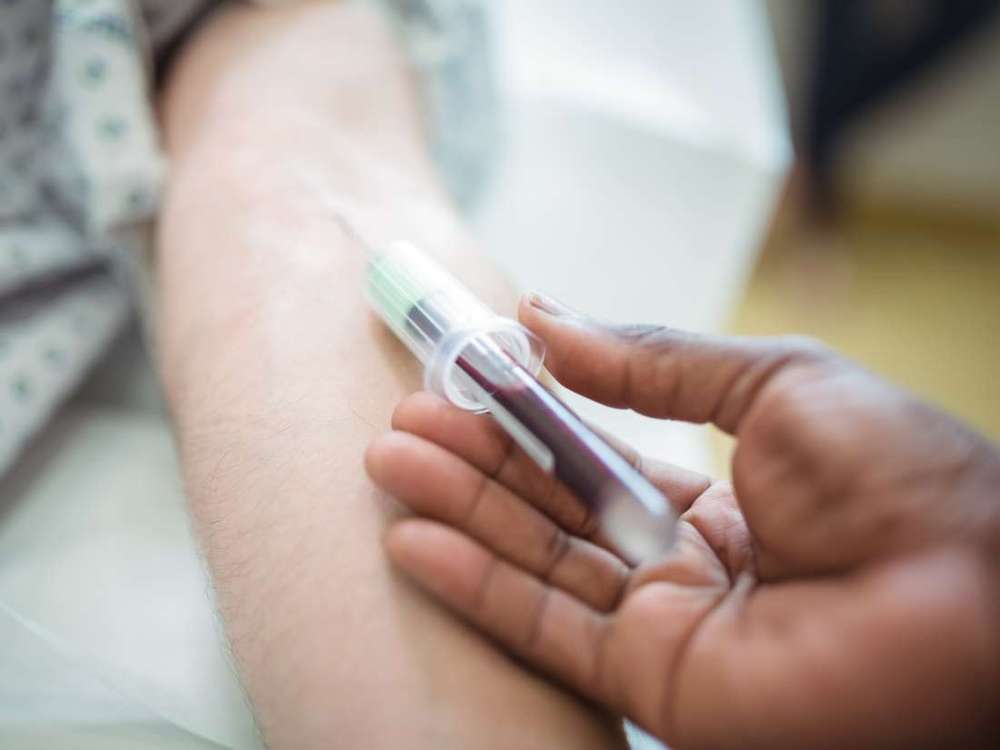
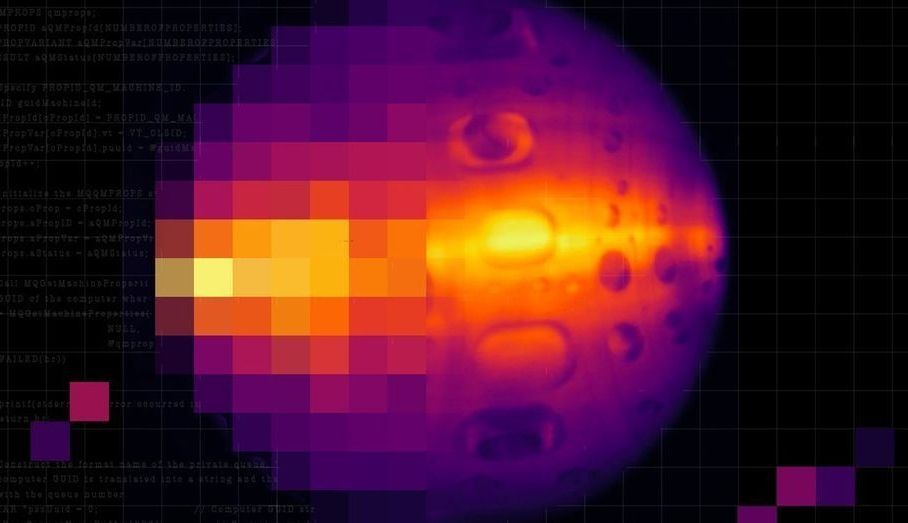

History Made
In a scientific first, Columbia neuroengineers have created a system that translates thought into intelligible, recognizable speech. By monitoring someone’s brain activity, the technology can reconstruct the words a person hears with unprecedented clarity. This breakthrough, which harnesses the power of speech synthesizers and artificial intelligence, could lead to new ways for computers to communicate directly with the brain. It also lays the groundwork for helping people who cannot speak, such as those living with as amyotrophic lateral sclerosis (ALS) or recovering from stroke, regain their ability to communicate with the outside world.

A new study led by the NASA Jet Propulsion Laboratory finds that 21 percent more storms will form for every 1.8° F (1° C) that ocean surface temperatures rise. See the projections based on currently accepted climate models: https://go.nasa.gov/2GcAS65

Bug and vulnerability hunting is a big business and the need for it is getting larger and larger. Up until this point, the majority of work had been from people. Either as hackers discovered holes and released exploits or as companies paid people to do the testing.
The machine triumphed in DARPA’s Cyber Grand Challenge, where teams automated white-hat hacking.